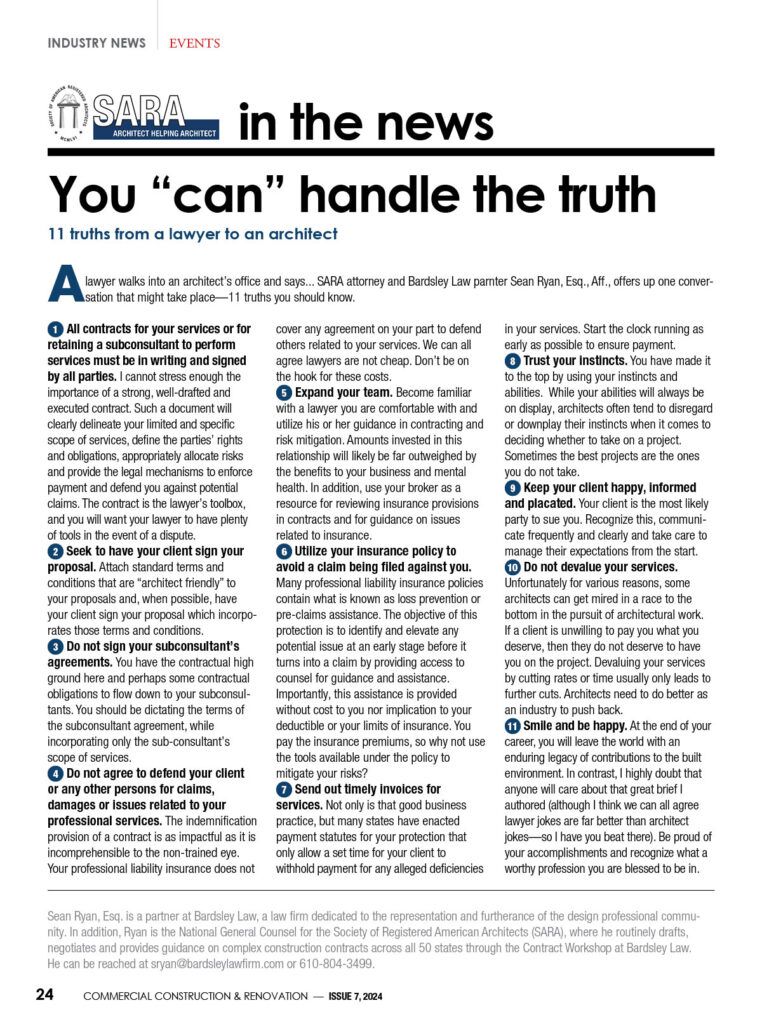Surviving A Flash Flood Emergency: Essential Safety Tips And Advice

Table of Contents
Understanding Flash Flood Risks and Warning Signs
Identifying High-Risk Areas
Flash floods can strike with little warning, turning normally harmless waterways into raging torrents. Understanding which areas are most susceptible to flash flooding is crucial for preparedness. Flood-prone areas are often situated near rivers, creeks, canyons, mountainsides, and in low-lying regions. Areas with steep slopes, sparse vegetation, or recent wildfires are also at significantly higher flash flood danger zones. Identifying these high-risk zones is the first step towards protecting yourself.
- Near rivers and streams: These areas are especially vulnerable due to rapid water runoff.
- Low-lying areas: Water naturally accumulates in low-lying areas, increasing the risk of flash flooding.
- Areas with poor drainage: Places where water cannot drain effectively are prime candidates for flash flooding.
- Areas with recent wildfires: Burned landscapes lose their ability to absorb water, leading to increased runoff and flash flood risk.
Utilize resources like FEMA's flood maps (www.floodsmart.gov) to identify flood-prone areas in your community. Understanding your surroundings and potential flood risks helps you make informed decisions about your safety.
Recognizing Flash Flood Warning Signs
Recognizing the warning signs of an impending flash flood is vital. Don't wait for an official warning; trust your instincts. Pay attention to both visual and auditory cues.
- Visual cues: Rapidly rising water levels in rivers, streams, or normally dry areas; overflowing rivers and creeks; debris accumulating in water; and sudden changes in water color.
- Auditory cues: The ominous sound of rushing water, especially if it's unusually loud or forceful.
Stay informed about weather alerts by monitoring the National Weather Service (weather.gov) and your local news channels. A "flash flood watch" means conditions are favorable for flash flooding, while a "flash flood warning" indicates flash flooding is imminent or occurring. Immediate action is needed upon receiving a flood warning.
Preparing for a Flash Flood Emergency
Building an Emergency Kit
Having a well-stocked emergency kit is essential for surviving a flash flood. This kit should include the following items:
- Water: One gallon of water per person per day for at least three days.
- Non-perishable food: Easy-to-prepare, non-perishable foods like canned goods, energy bars, and dried fruit.
- First-aid kit: A comprehensive kit with bandages, antiseptic wipes, pain relievers, and any personal medications.
- Flashlight and extra batteries: For navigating in the dark.
- Battery-powered radio: To receive emergency alerts and weather updates.
- Whistle: To signal for help.
- Important documents: Copies of identification, insurance policies, and medical information.
Creating an Evacuation Plan
A pre-determined evacuation plan is crucial. Knowing your escape routes and having a designated meeting point can save valuable time during a flash flood emergency.
- Identify multiple escape routes: Plan at least two escape routes from your home and workplace.
- Designate a meeting point: Choose a safe location outside your home where your family can meet if separated.
- Share your plan: Share your evacuation plan with family members, neighbors, and coworkers.
- Inform neighbors: Alert your neighbors about your evacuation plan in case they need assistance.
- Emergency contact information: Keep emergency contact information readily accessible.
Actions to Take During a Flash Flood Emergency
Immediate Actions
When a flash flood warning is issued or you observe signs of an impending flash flood, act immediately:
- Move to higher ground: This is the most important action. Get to higher ground immediately and stay there until the danger has passed.
- Move valuables to higher floors: If you have time before evacuating, move valuable items to upper floors.
- Turn off utilities: Switch off gas, electricity, and water to prevent further damage.
Safe Driving Practices
Never attempt to drive through flooded roads. Even a seemingly shallow area can hide deep water, fast currents, or debris.
- Avoid flooded roads: Turn around, don't drown!
- If caught in a flood while driving: Stay calm, and if possible, get out of your car and seek higher ground.
If Trapped by Floodwater
If you become trapped by floodwater:
- Seek higher ground: Climb onto a roof or other elevated structure.
- Signal for help: Use a whistle or brightly colored cloth to signal rescuers.
- Stay put: Remain in a safe location until rescued, unless it becomes unsafe to stay.
Post-Flash Flood Actions and Recovery
Assessing Damage and Safety
After the floodwaters recede, carefully assess the damage and ensure your safety.
- Check for structural damage: Look for cracks in foundations, walls, or ceilings.
- Inspect for gas leaks: Call your gas company if you smell gas.
- Check for electrical hazards: Avoid contact with downed power lines.
- Wear protective gear: Wear boots, gloves, and eye protection when assessing damage.
Reporting Damage and Seeking Assistance
Report damage to local authorities and your insurance company.
- Contact local authorities: Report damage to your local emergency services and city officials.
- File insurance claims: Contact your insurance company to file a claim for flood damage.
- Seek assistance: Look into local and federal aid programs, like FEMA.
Conclusion
Surviving a flash flood emergency requires preparedness, quick response, and understanding of the risks involved. By following these safety tips, you can significantly increase your chances of staying safe. Remember to always monitor weather alerts, identify high-risk areas, and have an evacuation plan in place. Share this article with your family and friends to help them prepare for a potential flash flood emergency. Let's work together to enhance flash flood preparedness and stay safe from flash floods. For more information and resources, visit FEMA (www.fema.gov) and the National Weather Service (www.weather.gov).

Featured Posts
-
 Skolko Let Personazham Filma O Bednom Gusare Zamolvite Slovo Razbor Obrazov I Vozrasta
May 25, 2025
Skolko Let Personazham Filma O Bednom Gusare Zamolvite Slovo Razbor Obrazov I Vozrasta
May 25, 2025 -
 Addressing Excessive Water Use And Public Safety In North Myrtle Beach
May 25, 2025
Addressing Excessive Water Use And Public Safety In North Myrtle Beach
May 25, 2025 -
 Overnight Disasters 17 Celebrities Whose Careers Imploded
May 25, 2025
Overnight Disasters 17 Celebrities Whose Careers Imploded
May 25, 2025 -
 Joy Crookes Drops Haunting New Track I Know You D Kill Details Inside
May 25, 2025
Joy Crookes Drops Haunting New Track I Know You D Kill Details Inside
May 25, 2025 -
 Zheng Qinwens Breakthrough Italian Open Semifinalist After Sabalenka Victory
May 25, 2025
Zheng Qinwens Breakthrough Italian Open Semifinalist After Sabalenka Victory
May 25, 2025
Latest Posts
-
 Is Naomi Campbell Out Of The Met Gala 2025 Due To A Rift With Anna Wintour
May 25, 2025
Is Naomi Campbell Out Of The Met Gala 2025 Due To A Rift With Anna Wintour
May 25, 2025 -
 Met Gala 2025 Will Naomi Campbell Attend After Wintour Feud
May 25, 2025
Met Gala 2025 Will Naomi Campbell Attend After Wintour Feud
May 25, 2025 -
 Naomi Campbells Absence From Met Gala 2025 The Anna Wintour Connection
May 25, 2025
Naomi Campbells Absence From Met Gala 2025 The Anna Wintour Connection
May 25, 2025 -
 Met Gala 2025 Naomi Campbells Absence Sparks Rumors Of Anna Wintour Feud
May 25, 2025
Met Gala 2025 Naomi Campbells Absence Sparks Rumors Of Anna Wintour Feud
May 25, 2025 -
 Naomi Campbell And Anna Wintour The Alleged Met Gala Ban Explained
May 25, 2025
Naomi Campbell And Anna Wintour The Alleged Met Gala Ban Explained
May 25, 2025
